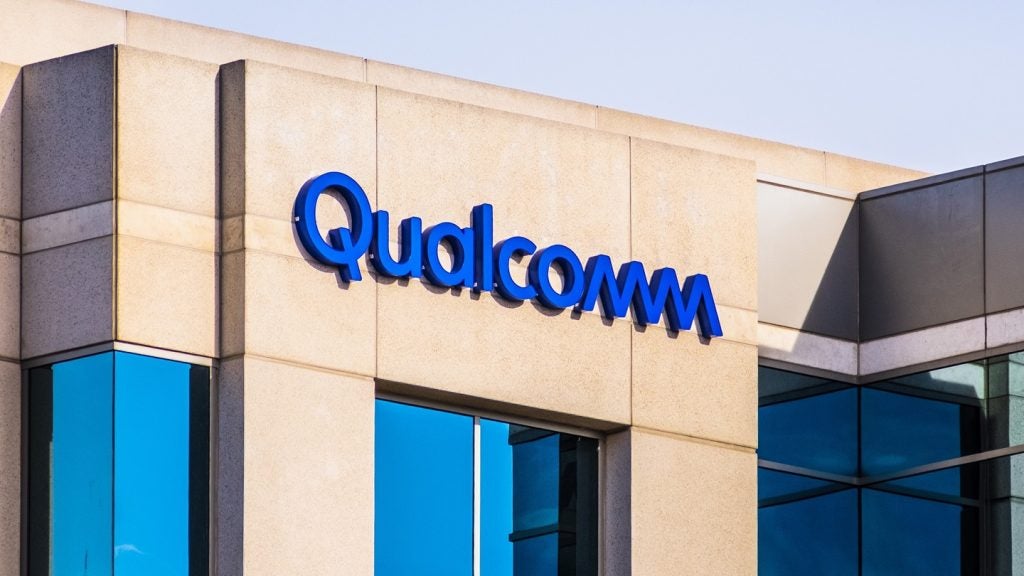
Martin Luther King Jr, the pastor, activist, humanitarian, Nobel Peace Prize winner and campaigner for racial equality was shot and killed 50 years ago today — making it a good day to take a closer look at his legacy, and the issues affecting American civil rights today.
King is regarded as the shining light of the African-American Civil Rights Movement.

Access deeper industry intelligence
Experience unmatched clarity with a single platform that combines unique data, AI, and human expertise.
His brand of nonviolent civil disobedience – inspired by Mahatma Gandhi – fought against racial injustice, particularly in the American south, and put the issue of black rights firmly in the public consciousness.
In the early 1950s, segregation was legal in the US and blacks and whites were separated in education, housing, medical care, transport, employment. Places for people to eat, drink, meet and enjoy themselves were all divided along racial lines. Even some graveyards would only cater to whites.
By the time of King’s death in 1968, legislation had been passed outlawing racial segregation in schools, employment, housing and public accommodation.
Unequal application of voter registration was prohibited and, for the first time, African-Americans were given the same federal protection as whites.

US Tariffs are shifting - will you react or anticipate?
Don’t let policy changes catch you off guard. Stay proactive with real-time data and expert analysis.
By GlobalDataThese advancements are widely attributed to King and the campaigns he led.
The power of protest
Many view King’s assassination in 1968 as the closing acts of the Civil Rights Movement of the 1950s and 1960s. But more people protested, organised, voted and and demonstrated in the 1970s than in the entirety of the time King was alive.
While organised protest had existed before the Civil Rights Movement, King’s campaigns brought it into the mainstream. Collective action by individuals became a viable form of expression and a vehicle for political change.
One of the things King will always be remembered for are the marches he co-ordinated and spoke at.
The March on Washington for Jobs and Freedom in August 1963 – where he delivered his famous “I have a Dream” speech – saw 250,000 people marching on the White House to draw attention to the challenges and inequalities faced by black Americans.
This started a tradition of large rallies over human rights issues that continues to this day.
There are dozens of examples. In 1969, 600,000 people marched on Washington to protest against the war in Vietnam, an issue that King himself felt strongly about.
In 1982, around a million people demonstrated in New York against nuclear weapons.
In 1993, 800,000 marched on Washington for homosexual rights and liberation. Marches and protest against the US invasion of Iraq saw 10 million to 15 million people protest in 600 cities around the globe in 2003.
This was the biggest protest in world history and its heritage can easily be traced back to Martin Luther King Jr.
More recently, hundreds of thousands of Americans have marched on Washington repeatedly to protest aspects of US President Donald Trump’s presidency.
On March 24 this year, the student-led demonstration March for Our Lives saw 1.2 million to two million people turnout to support tighter gun control legislation across 800 US cities including Washington DC.
Civil protest is still as emotive as in King’s day and many commentators described the march, one of the largest US protests ever, as the likely tipping point in a decades-long war of attrition over gun reform in the States.
Inter-sectional rights
Human and civil rights campaigns cover a wide range of issues. This is another part of King’s legacy.
While he is primarily remembered as an activist for African-Americans, King cared deeply about inequality wherever he saw it, and regarded different injustices as interconnected parts of the same problem.
When he was assassinated, King was in Memphis to rally support for striking sanitation workers protesting unsafe working conditions.
In addition to fighting racism, through out his life King also campaigned against:
-
The Vietnam War, which he regarded as a result of government greed and called an “enemy for the poor” for diverting and destroying young men and resources
-
Poverty that affected both whites and blacks
-
The injustice against Mexican-Americans and Native Americans
The things he hated – racism, militarism, materialism – were all different sides of the same coin.
All could be tackled by the ultimate movement from a thing-orientated society to a person-orientated society.
Unfinished business
Many of the issues King cared about are still not fully resolved and others have barely begun to be addressed.
In the last few years, five decades after his death, campaigns such as Black Lives Matter have risen up to protest violence and systemic racism towards black people, including police brutality and racial profiling.
Last summer, white supremacists clashed violently with anti-fascist demonstrators in Charlottesville. Reports show that the polarisation of the American electorate between the left and right continues apace.
While remembering his life and the power of nonviolent protest, it is important to remember that the deep division in King’s America have not yet been closed.







